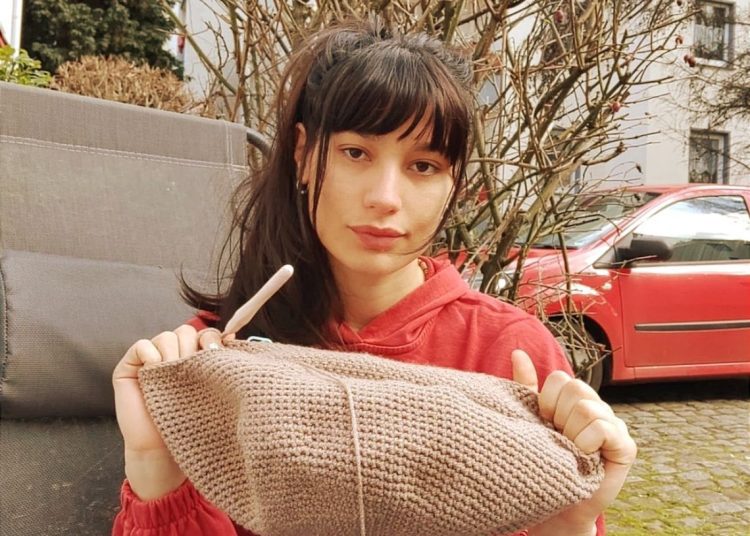She’s in the networks. Sometimes doing her yoga routine; others, riding a bike through attractive places; others, modeling pieces she knitted with the crochet technique. She landed on this planet in 1992, Special Period, in the town of Jagüey Grande, Matanzas, as Elaine Piedrafita Santos. But she’s Eli for everyone, Eli PS if you want more data. She now lives in Bochum, Germany.
She confessed that what caught my attention, among all the things she diligently does, was her work with what used to be called “knitting.” The fabric used as garments and accessories, but with a “something” that goes further, where certain conceptual densities are glimpsed that are not very common in today’s fashion. In other words: I was intrigued by this Cuban woman transplanted to the Germanic world who spends her days knitting and knitting, dazzled by the universe of art, convinced that she also has her own things to say. And it seems that, when it comes to expressing herself, no one is going to be able to stop her.
I contact her. She agrees, between happy and surprised.
Tell us briefly about your training process in Cuba.
I don’t have academic artistic training. There are no artists in my family either. When I finished school, the only options I had for a career, according to my parents’ mentality, were engineering and medicine. I’m very bad at math and I don’t like medicine, even though that was the career my dad would have liked me to follow, because he’s a doctor.
I went to Havana at the age of 19, to try my luck, and there the first friends I made were tattoo artists, graffiti artists, and painters. I can say that my initial experience creating something was with a brush and some paints: I would bring old horseshoes from my town’s horses, I would clean them well, I would draw flowers or whatever I thought of, and then I would give them as gifts to friends.
In Havana, I worked as a waitress in private restaurants. On days off I socialized with friends and almost always went to Café Fortuna, in Miramar, to sit down and read. The books opened my mind, they disconnected me from my reality to enter that of the stories. They were a tool to create worlds, scenes and characters in my head. Dreams, my emotions and my experiences also contributed a lot to my creativity. Once I was given a camera and I started taking photos without knowing anything about photography. This is how I began to connect with some people who liked what I was doing then because of the simplicity and sincerity with which I expressed them; that was what they told me. The photos were taken without capturing faces. For me, the body speaks another language; objects too, and they tell me many more stories or motivate me to invent them.
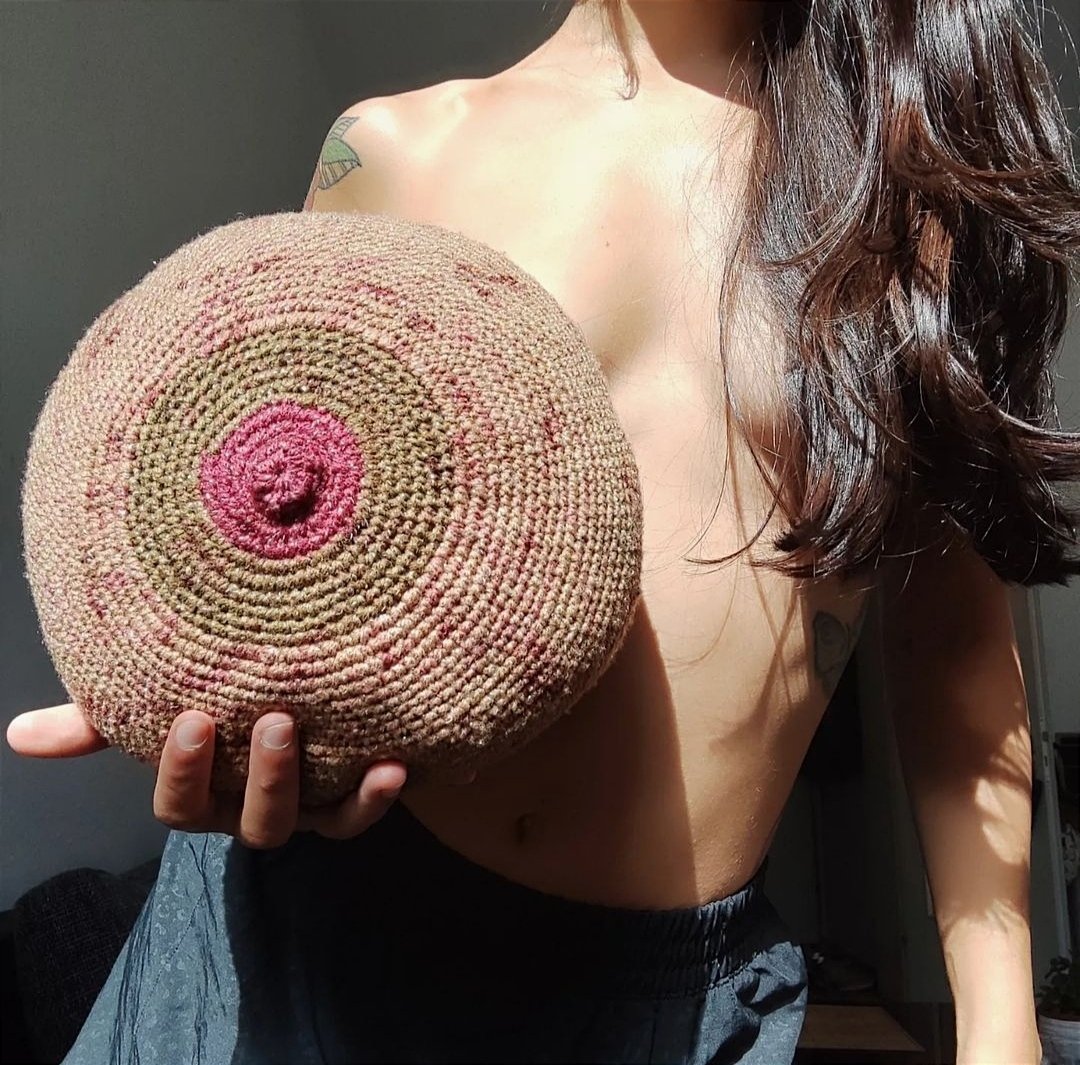
For a while I experienced something very curious. I saw things around me, in the street, but the information reached my brain with other shapes and colors. An example of that were the palms. I didn’t see a tree, but a Cuban woman. With such a simple figure, the palms transmitted to me all the energy and essence of the representation of a Cuban woman; they captivate you with a unique sensuality among the trees around them and stand out above all of them, straight and dominant.
I had many ideas written in a notebook, with the illusion of working on them one day, but since I didn’t have an academic background, I never had the courage to express them, because I thought that to make art you must study.
I enrolled in a production course in Cuba and worked on a few occasions, in my spare time, with friends who invited me to collaborate with them. It was something I really enjoyed. When I met my current partner, I felt more freedom to tell him my ideas, and he was the one who helped me open up to the world of art.
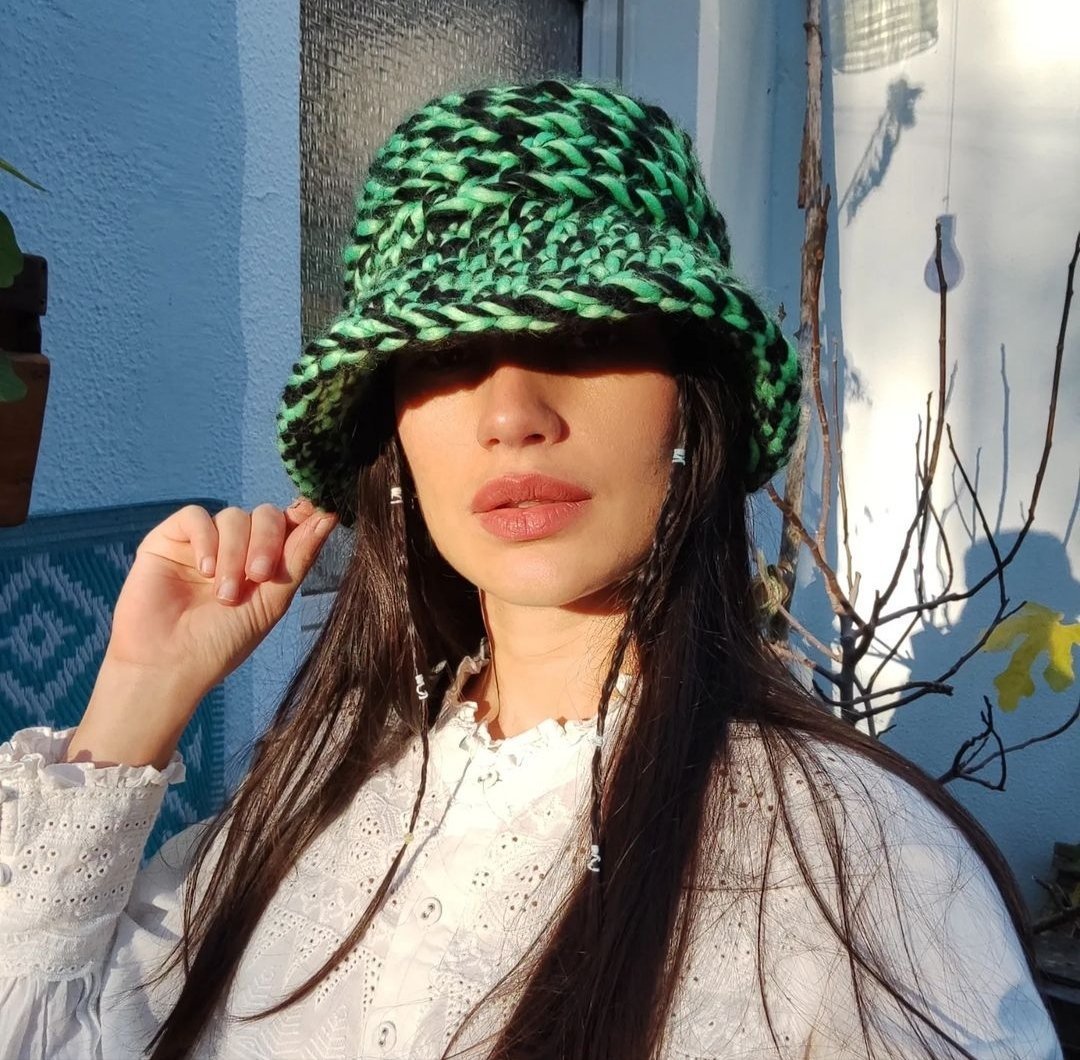
What was the Paralysis project? According to your resume, it was your entrance into show business.
Paralysis was a concept of creative activity that integrates urban art, especially the techno-music culture. It was created in 2019 by Julio César Iglesias Ungo, and as a platform, its main engine was to bring international DJs to share stages with national DJs.
It was the first project that took Cuban techno culture a little more seriously and led the audience to discover new ways to interact with that music and deepen their relationship with Havana as a city.
For me, it was the pillar of the growth of that musical culture in the country at the time.
In 2019 you travel to Germany for a residency.
In 2019 I was invited by Julio César Iglesias and the Münster Pumpenhaus Theater for a tailoring workshop and to carry out the prospecting for what would be the Blade Runner dance project.
I was there from November 2019 to January 2020. Later I returned to Cuba, but everything came to a standstill due to the start of the pandemic. In 2021 I returned to Germany to continue it, although it was again interrupted three times due to the recurring closures of the theater due to the health situation.
One of the co-producing theaters for Blade Runner was the Tanzhaus nrw, in the city of Düsseldorf, where we had a creative residency as part of its production. It was the first time that we interacted with the entire staff of the play, which included two Spaniards, two German set and lighting designers, the Belgian choreographer Hans Van den Broeck, the Cuban choreographer Julio César Iglesias Ungo and myself, as costume designer. Quite an eclectic group with whom I felt very comfortable to work.
That piece premiered in 2022. On the other hand, I had the opportunity to do a small collaboration with two former members of Pina Bausch’s company, Thusnelda Mercy and Pascal Merighi, who founded a company called Kompanie Merighi I Mercy.
I am currently in the process of creating my own project: Traces, which has a premiere date on October 13 and 15 of this year in a gallery in the city of Wuppertal.
In November I will travel to Cuba to participate as a costume designer in Exposure, a co-production of Danza Contemporánea de Cuba, the German hip hop company Urban Art Ensamble Rhur and the Australian musician Ben Frost, who will perform live; Julio César Iglesias Ungo will direct, and it will be premiered at the National Theater of Cuba on December 1, 2 and 3, as part of the CuBeArT festival in its first edition.
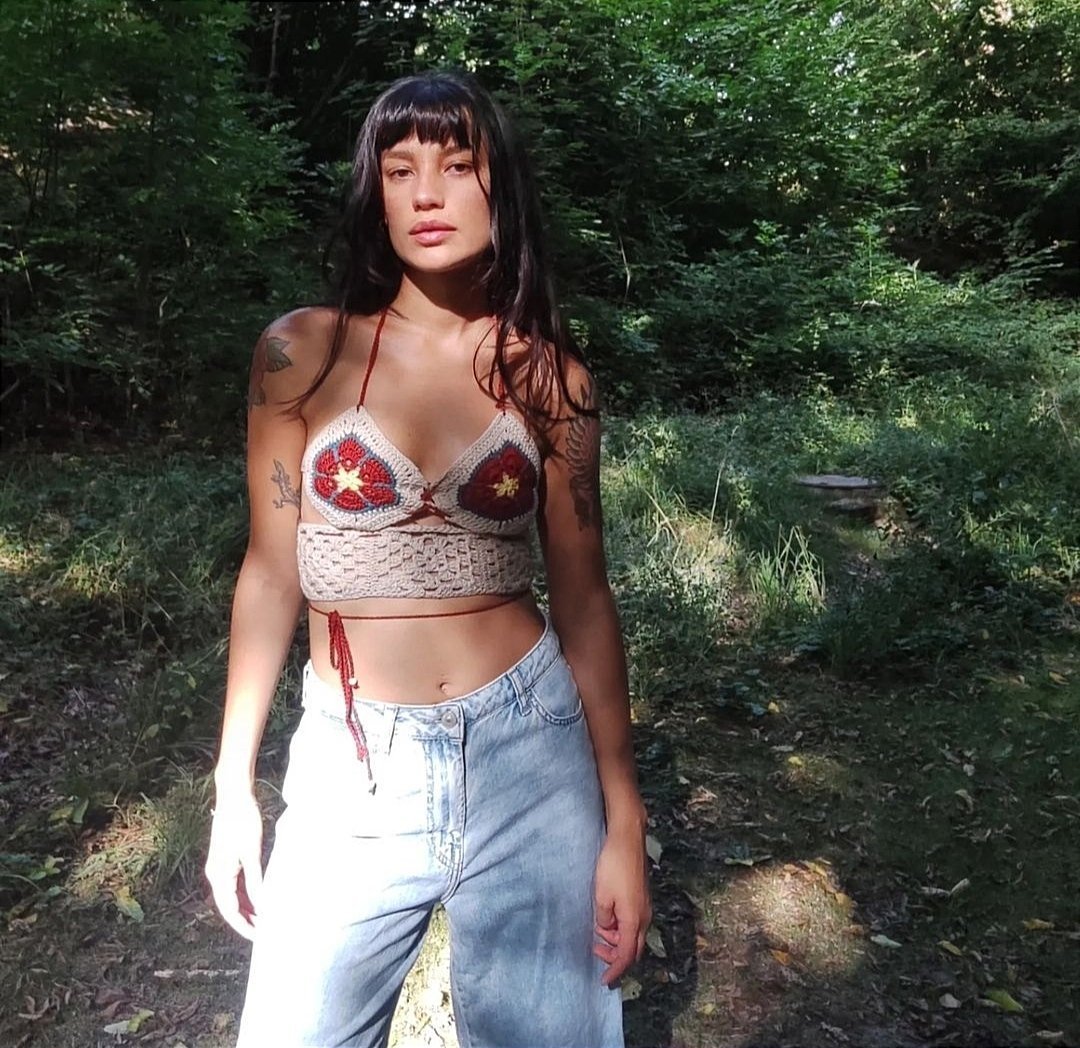
Do you consider yourself an emigrant? If so, what would be the hardest experiences you have had to go through?
Yes, I consider myself an emigrant, since I decided to stay and try my luck in this country, which welcomed me and has given me other opportunities for artistic and personal growth. I’m not saying it’s an easy process. It takes time to understand and get into its system.
I didn’t know that I would decide to stay, I didn’t foresee the possibility of integration in this place, and actually, it was quite hard. Because at first, you are not aware of such a decision. You begin to feel the stage of migratory mourning after a month. The climate, the language, the new culture and the fact of having left my home, my family and friends without properly saying goodbye to them, was a process full of sadness and confusion for me. It took me time to accept it, plus it caused me episodes of anxiety, which still continue to appear, although much less frequently.
Let’s talk about crochet. Where, with whom, did you acquire that ability?
I learned to crochet during the pandemic. One day I saw a post from a girl on Instagram, I wrote to her to ask her to teach me, and I paid her for her classes. I didn’t have many meetings, because then I was starting to study German, and school took me time.
I learned the basics, and then I started improvising on my own. Over time, my vision of crochet expanded beyond just knitting garments. One day I found some old eyeglasses and I knitted eyes into them; when I posted photos on Instagram, a woman took an interest in them for her daughter, and she ordered two from me. Best of all, it gave me the freedom to make them however I wanted. It was super exciting to see, a month later, the glasses on a page of the digital magazine Anon Kid’s Magazine, with the woman’s daughter posing.
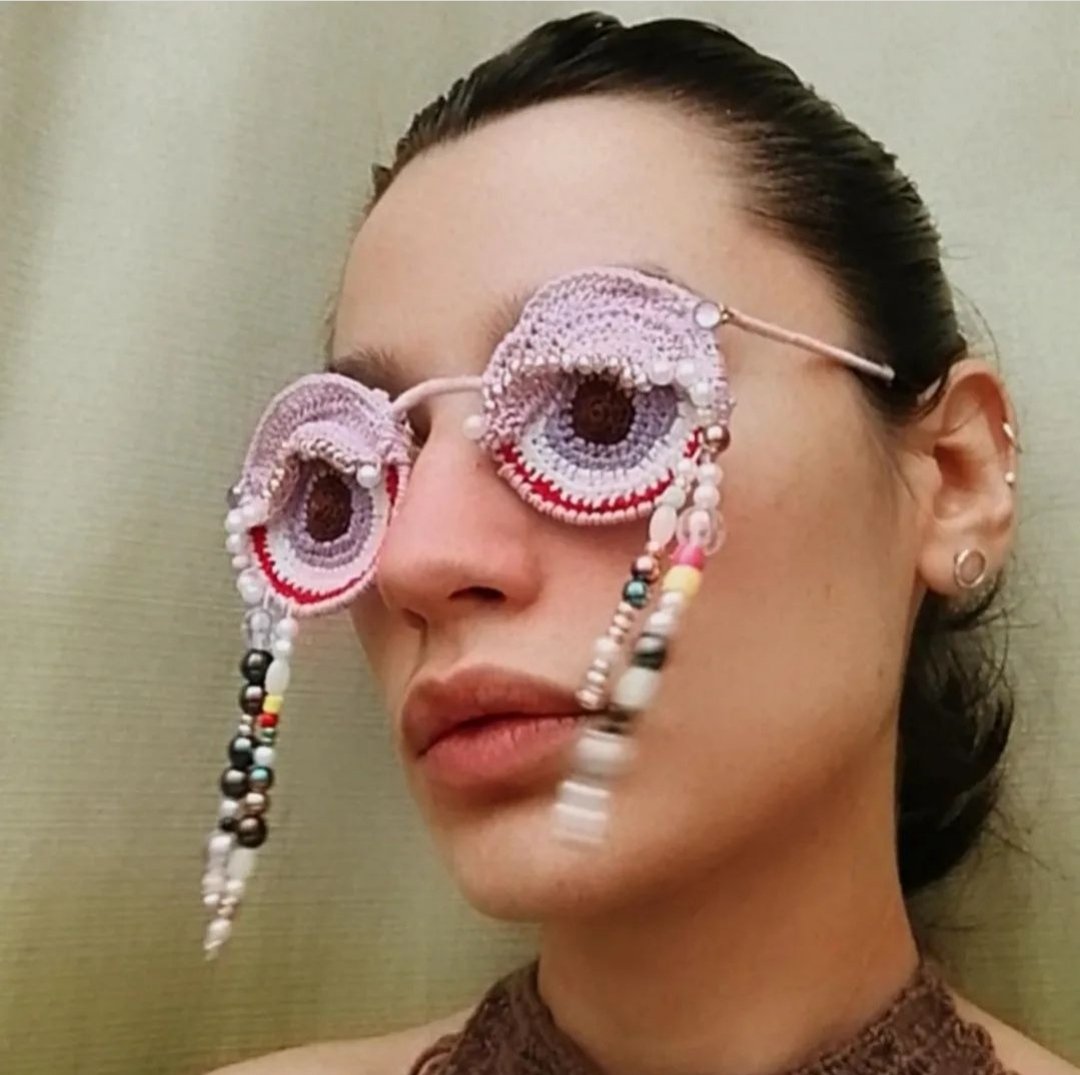
I also started with the theme of breasts and other ideas that occurred to me along the way.
I incorporated this technique into the costume design of Blade Runner. For a moment I said to myself: “What do you like to do right now, crochet?” So I made most of the costumes by hand, and in many cases using crochet as the main base.
Is crochet just a professional artistic practice or does it also serve as a field of meditation and investigation of your intimate being?
As a meditative and therapeutic work, I can assure you that it is very positive. It has helped me a lot to release stress and, above all, to channel moments of negative sensations; it has given me inner peace and calm.
Anything created with the hands is art, no matter how simple it is or seems. Creativity is very contagious, so it’s good to let it out and play freely. In the case of crochet, you can find a great magical universe of art. As Albert Einstein said: “Creativity is intelligence having fun.” I took that phrase as a motto.
Traditionally, crochet is seen as a discipline “of women” who sit in a circle to knit and discuss the events of the day. How to use it to combat traditional gender dynamics? In what way could your art serve as an element of empowerment?
This work moves further and further away from its short perimeter as a women’s trade or discipline. It is important to convey it as a technique and not as the simplified stereotype of a job for a genre. It is simply perceiving and communicating it as inspiration for new learning, and as a practice that leads you into a wide variety of artistic fields, sustainable art and fashion.
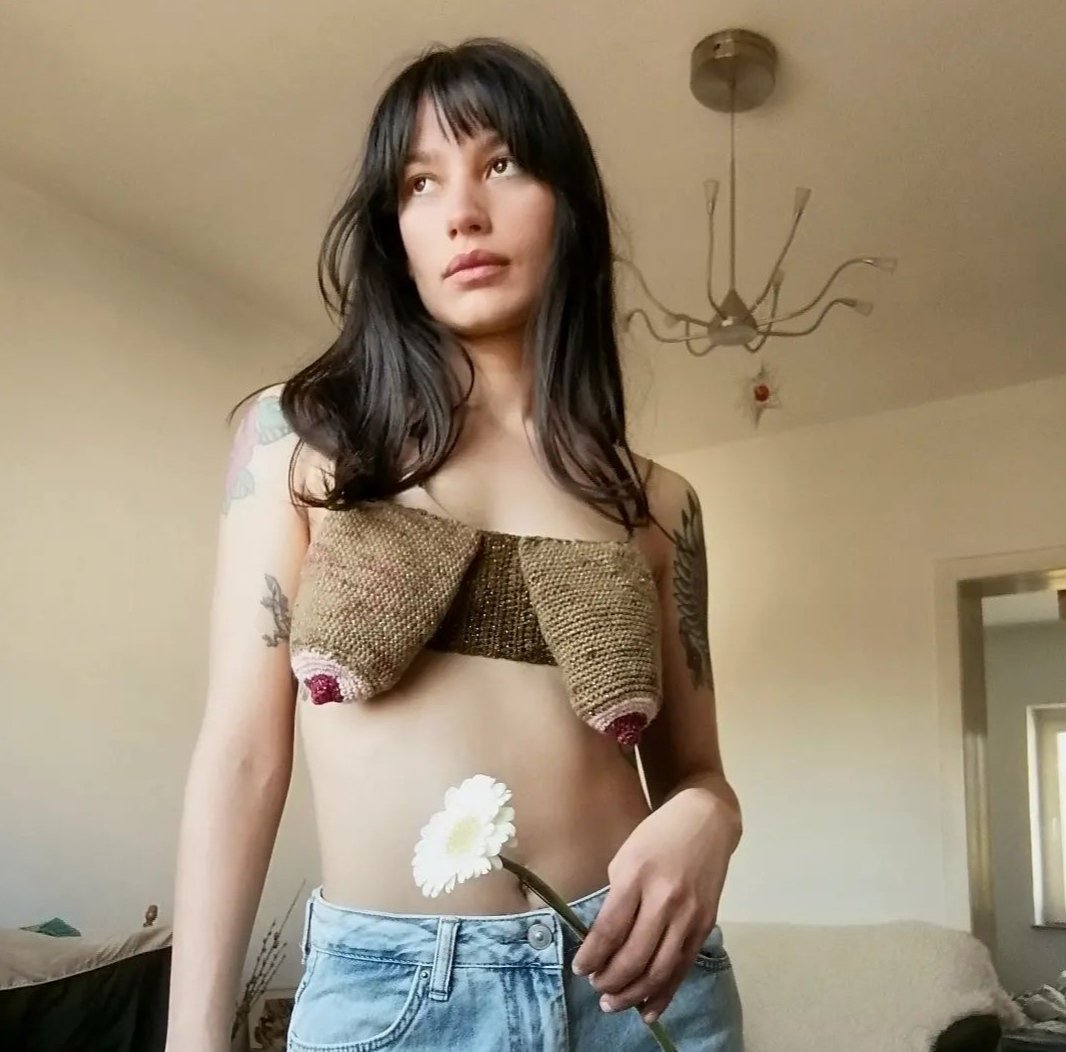
Are the garments that you crochet unique pieces?
Yes, they are unique. At first, I knitted only bikinis and crop tops. I didn’t understand the amount of material that was used in each job, and I almost always fell short with the quantities; also because I was afraid of making bigger knitted garments.
I learned to read patterns and studied the differences in materials between the threads, which is important to know which one is the best for each piece. My first dress took me more than ten days to finish. After that I lost my fear, and I began to want to do bigger and more complicated knitting work. I was looking for references from other crochet artists or famous fashion brands, and I dared to make my own designs.
In my work, I don’t have a fixed theme. I can make a piece of clothing the same as an accessory, or whatever occurs to me. The people who follow my work help me a lot with ideas; I get photos and information related to crochet all the time.

Do you market your work?
Some things I sell to order. I like to work directly with clients to design based on their taste; even, they also contribute ideas to their own designs. Other works I only do, and if someone likes it, they tell me and I send them.
Do you work with assistants?
I don’t have a partner or assistant, but I like to collaborate with other people. Each brain is a different world. In artistic manifestations, receivers individually interpret and process the information, depending on their experiences, way of thinking and existing; in the same way, those same receivers transmit and share information from their unique perspective. When the ideas presented are connected with others, great creations can be generated. With this I tell you that I am always receptive to collaborations and exchanges.

Do you plan to pass on your crochet knowledge to other people?
I am interested in sharing my knowledge. Since I started showing my crochet works publicly, some people write to me letting me know how inspiring I can be for them; and there are those who have started in the adventure of the crochet world. I always tell them that I am there for any questions or information they need.
Right now I am preparing my first crochet workshop for beginners. I want to make it open to the possibility that everyone, regardless of gender, can participate in it. On the other hand, I am planning a free workshop to carry it out with children on my next trip to Cuba. My goal is to pass on this technique to them that may be of some use to them in the future, in addition to contributing to their education and generating any creative awakening in them.
I will take all the materials from here and leave them as a gift as a motivating impulse so that the new learning can continue.
When I mentioned the idea to a friend, she was encouraged to sign up along with the children; so I’m thinking about the possibility of opening it up to some adults who want to participate and can support me with the children. I think that this way the workshop will become more interesting, varied and fun.
Any collaboration with other artists?
I got in touch with an artist who has her own upcycling fashion store here where I live; she designs handbags and clothing from second-hand clothing; we already did our first work collaboration uniting my concept of the breasts with hers of the seagrass expelled by the sea on the shore of the beaches, which after being cleaned, is dried and used as filler.
The representation of the breasts is present in various articles that you make. Is it one more reason or is there a discourse behind it, something to communicate, an element to add to the debate on gender?
My work with the breasts encompasses a broad concept of debate and inclusion of the female figure. It started from the acceptance of the body as it is. Women for years have been subjected to the mental injection of a beauty stereotype.
Since I was a child, my first drawings of female figures were with two perfect round circles as breasts and two well-defined curves in part of the waist. When I grew up, my figure never matched what I had in mind as a perfect body, and that generated insecurities in my years as a teenager.
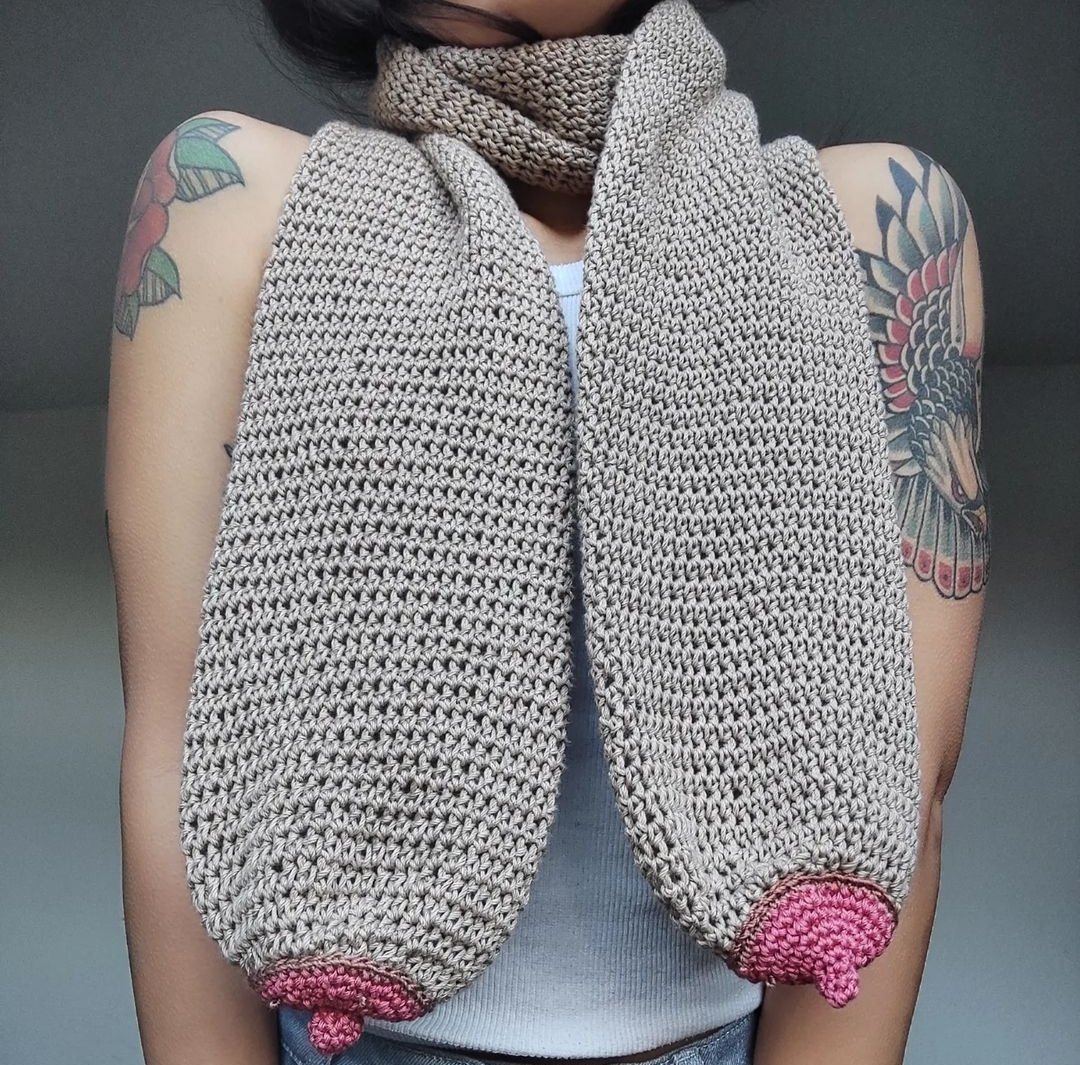
With the breasts, I initially wanted to break those concepts and normalize them, both in us women and in men, who have a preconception of how we should look. Later I found out that I was standing at the entrance of many related theme paths.
Next, I created a character called Octubre. She is a girl who lives in an unprejudiced generation, walks the streets showing her breasts, and always tells her adventures to another girl named Clara, with whom she has a love bond. It was so that Octubre, in addition to transmitting direct messages of emancipation, empowerment and love, also wore some garments knitted by me.
I continued walking along the paths of the concept of the breasts and I arrived at the concept of women as a maternal figure, because in Cuba, my country, with a macho culture, women are not valued as a divine portal of arrival into this world. There are still many episodes of abuse, violence and inequality. Each person receives a mother as a gift of life, who formed us in her womb and brought us, through effort and pain, to this place; they were the ones who also fed us for the first time outside their bodies after having done so during all the time we were inside them. So all mothers are connected by the same divine thread, and that deserves respect and recognition.
That’s how I represented this with pillow breasts, and I’m currently writing a concept, as a project, with which I want to do a large installation to exhibit it. Many more ideas have come with the breasts.
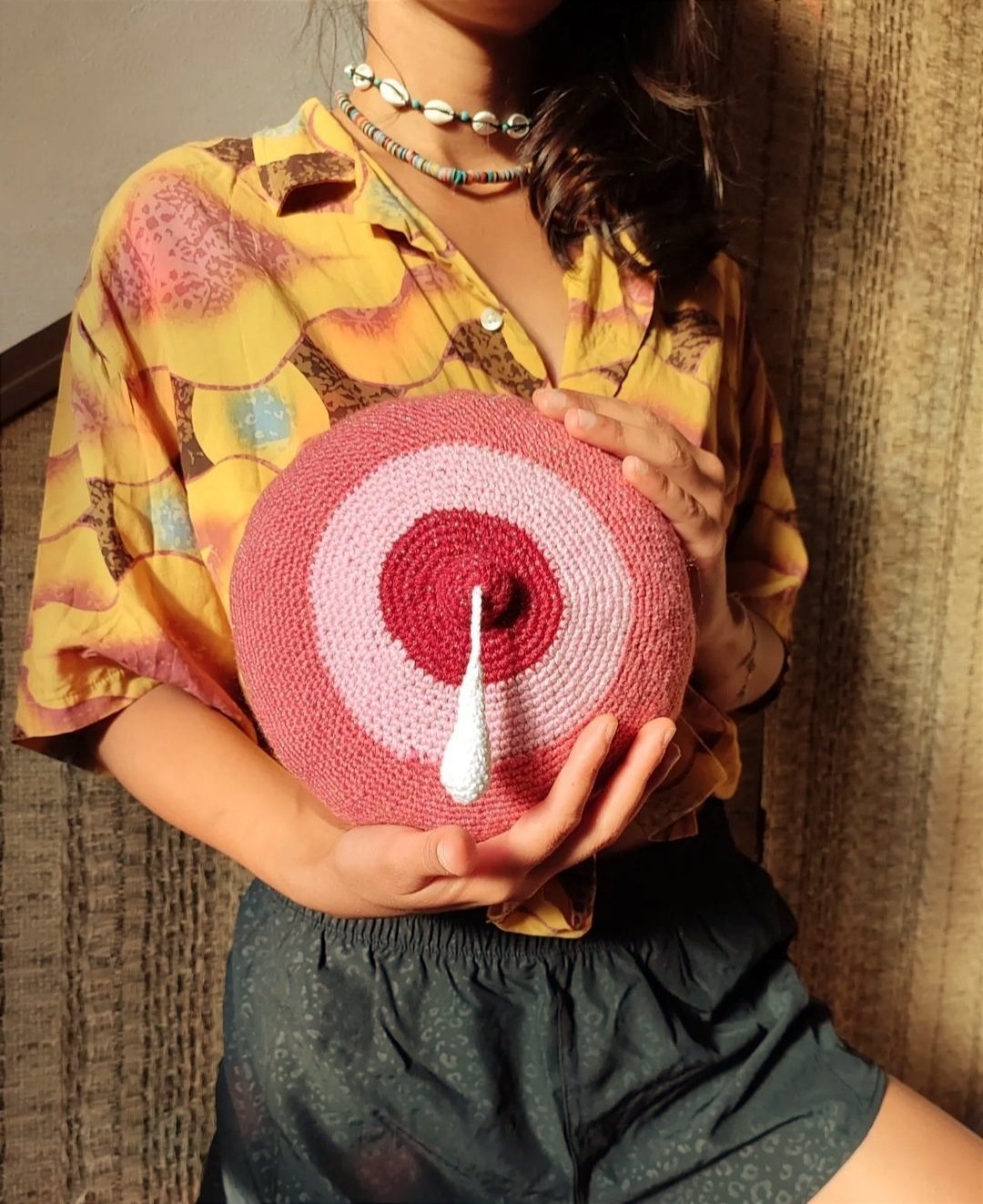
I try to continuously promote diversity and the breakdown of structures. In my discourse, I place women, with all their diversity, as essential and important subjects in the world in general. I promote gender equality, also integrating everyone who identifies as a woman.
Tell us about the process of creating Traces. What does it consist of? Where does the idea come from?
Traces is an artistic branch of my work that I had never developed before. It is a project that I wrote based on a need for a different expression, which I wanted to experience. It is a project that I presented this year and it was approved by the Ministry of Arts and Sciences of Nordrhein Westfalen. The objective is to carry out a study on the impact on identity when entering a new society. As an emigrant, I am living that process.
“We want to try to understand how these social phenomena work, and reach all the souls that identify with them,” says the foundation. Traces is a search within, a mirror, an illusion and the courage to survive. It is a work based on the creation of meeting spaces and the compilation of stories and testimonies of people who have emigrated from one place to another on Earth.
The objective is to create a video about when someone enters a society that works, acts and thinks differently, and to analyze how that individual adapts, coexists, accepts and functions with a different culture or orientation, seen from both sides.
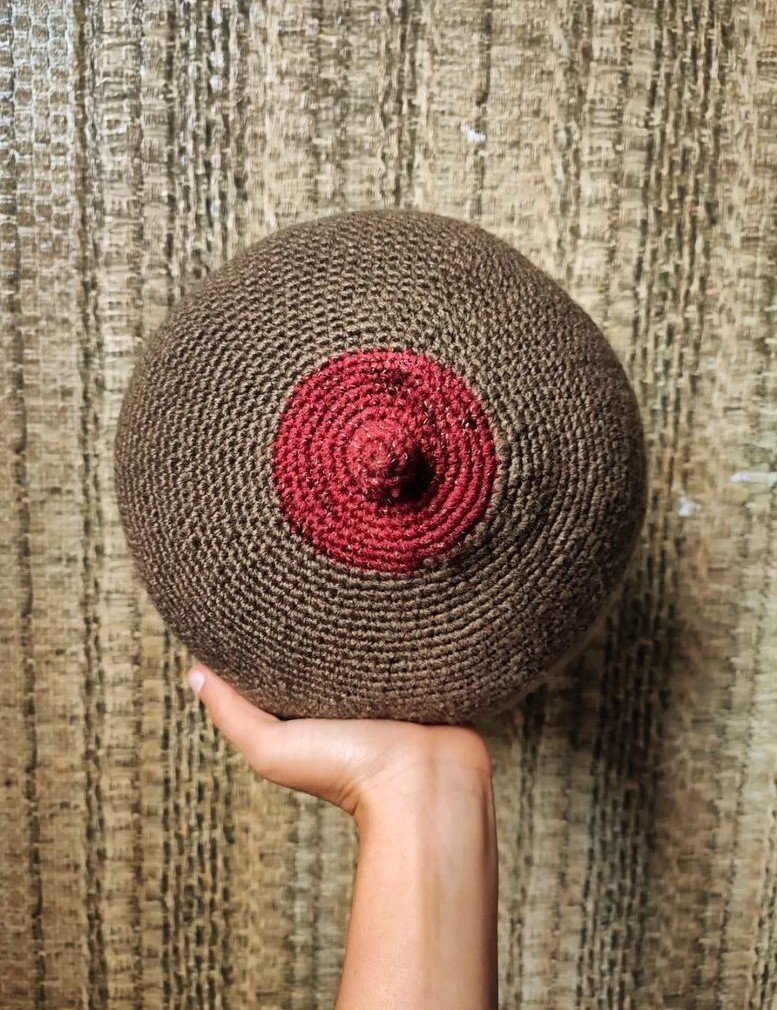
In your daily life, in your way of relating to your colleagues, in your habits, is there anything that clearly reveals your country of origin? It is more than accepted that identity is a permanent construction process, conscious or not. How would you define yourself at this point in your life? How many fragments does the woman you are today make up?
For a while, when I got here, I didn’t feel part of any place, until I understood that identity is not just a country of origin, because that locks you into an easy stereotype. I see many other factors in identity, such as behaviors, beliefs, family values, sexual orientation, tastes… They are attributes that we take with us wherever we go in life, it is our own pattern of characteristics that distinguish us and differentiate us from others, in addition to the fact that they are in a continuous constructive and evolutionary process.
Of course, having come from a country like Cuba, behaviors and habits typical of someone from there stand out in me, and I love keeping them active and visible in my daily life. We come loaded with information, the same ones that make a significant contribution to the permanent evolution of cultural amplification.
I like to observe how far my personal construction has come and where it is heading. I am proud and I am aware of all the patterns that I have broken and transformed in myself, to give entry to persons who think and exist in their best version of themselves every day in this world.
How do you see yourself five years from now?
I don’t have an exact picture of myself in five years. But yes ambitions and desires that are what will put me in the place where I have to be. Meanwhile, I continue working in the present, with prospects for the future. I feel that life is keeping something special for me, but I have to earn it with effort and work.

